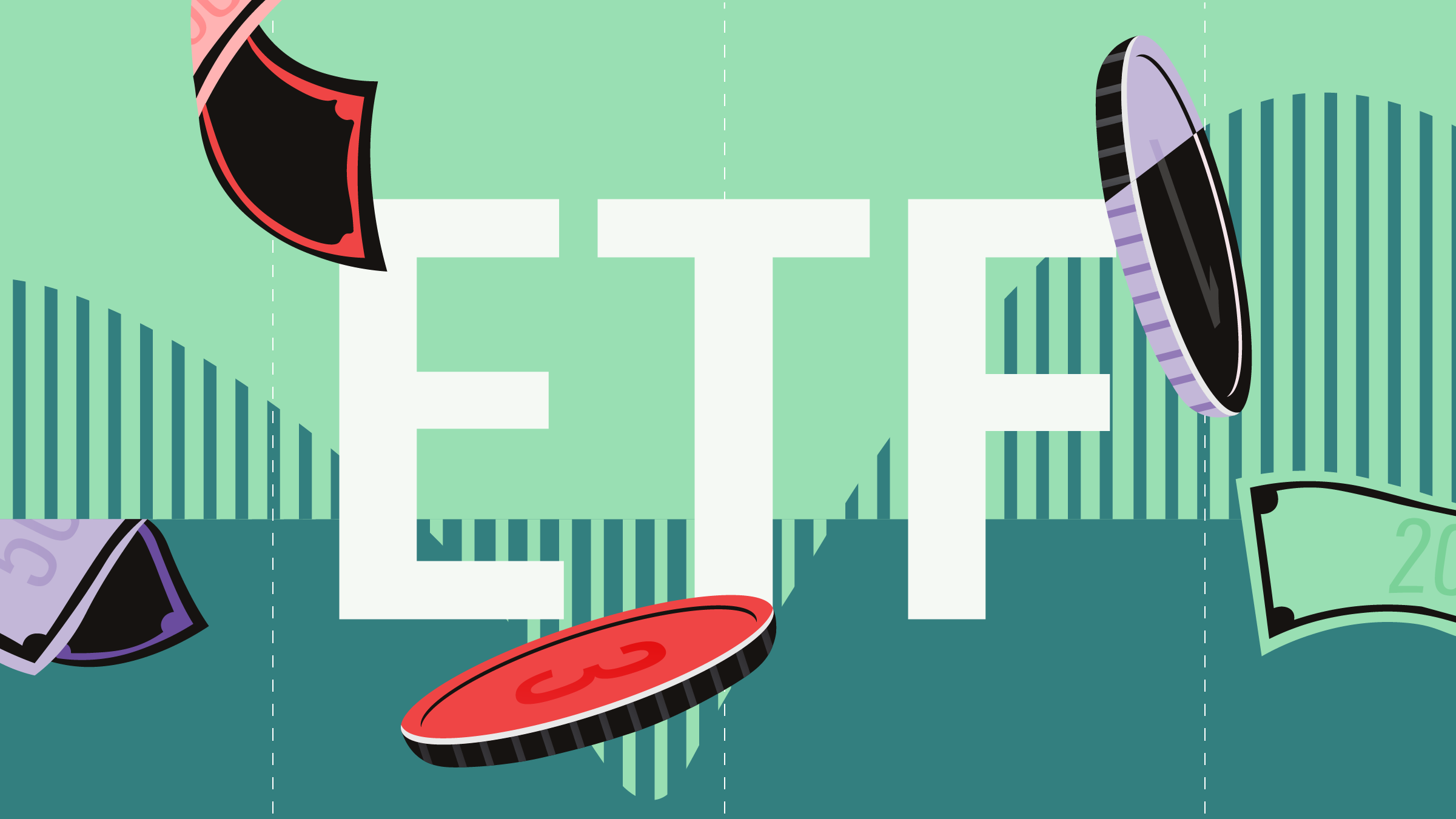Anum Siddiqui: According to academic theory, dividends should not have an impact on a stock's return. But in reality, dividends can make a difference. They can signal confidence on a business and make management more thoughtful when allocating capital.
Like with most other asset classes, investors have the option to invest in a passively-managed ETF within the Canadian dividend space. Two options include Neutral-rated iShares Canadian Select Dividend and Bronze-rated Vanguard FTSE Canadian High Dividend Yield. Both funds have tracked their respective indices well and are significantly cheaper than the average actively-managed mutual fund. However, there is some risk with investing in these strategies.
The ETFs have close to a 60% allocation to the financial sector. A significant portion of this exposure is made up of Canada's large banks, which have an attractive dividend profile. And while it might make sense to maximize financials exposure in order to maximize dividends, having such high exposure to a single sector can be risky.
In contrast, the broader Canadian equity market and the average peer in the Canadian dividend and income category have less exposure to the financial sector. Active category peers can limit their exposure to the financial sector by investing outside of the Canadian equity market, something that Vanguard and iShares ETFs cannot do. Funds such as the Gold-rated Beutel Goodman Canadian Dividend can look to the U.S. and other countries to diversify their portfolio by investing in sectors other than financials.
While both iShares Select Canadian Dividend and Vanguard FTSE Canadian High Dividend Yield share some similarities, they are priced differently. Vanguard charges investors a competitive 22-basis-point management expense ratio, while the iShares ETF is 2.5 times the price with a 56-basis-point MER. This difference in price is the key distinguisher between the Bronze and Neutral ratings assigned to these ETFs.
Overall, both ETFs are competitively priced versus their active peers. But investors should be aware of their concentration risks.
For Morningstar, I'm Anum Siddiqui.


















